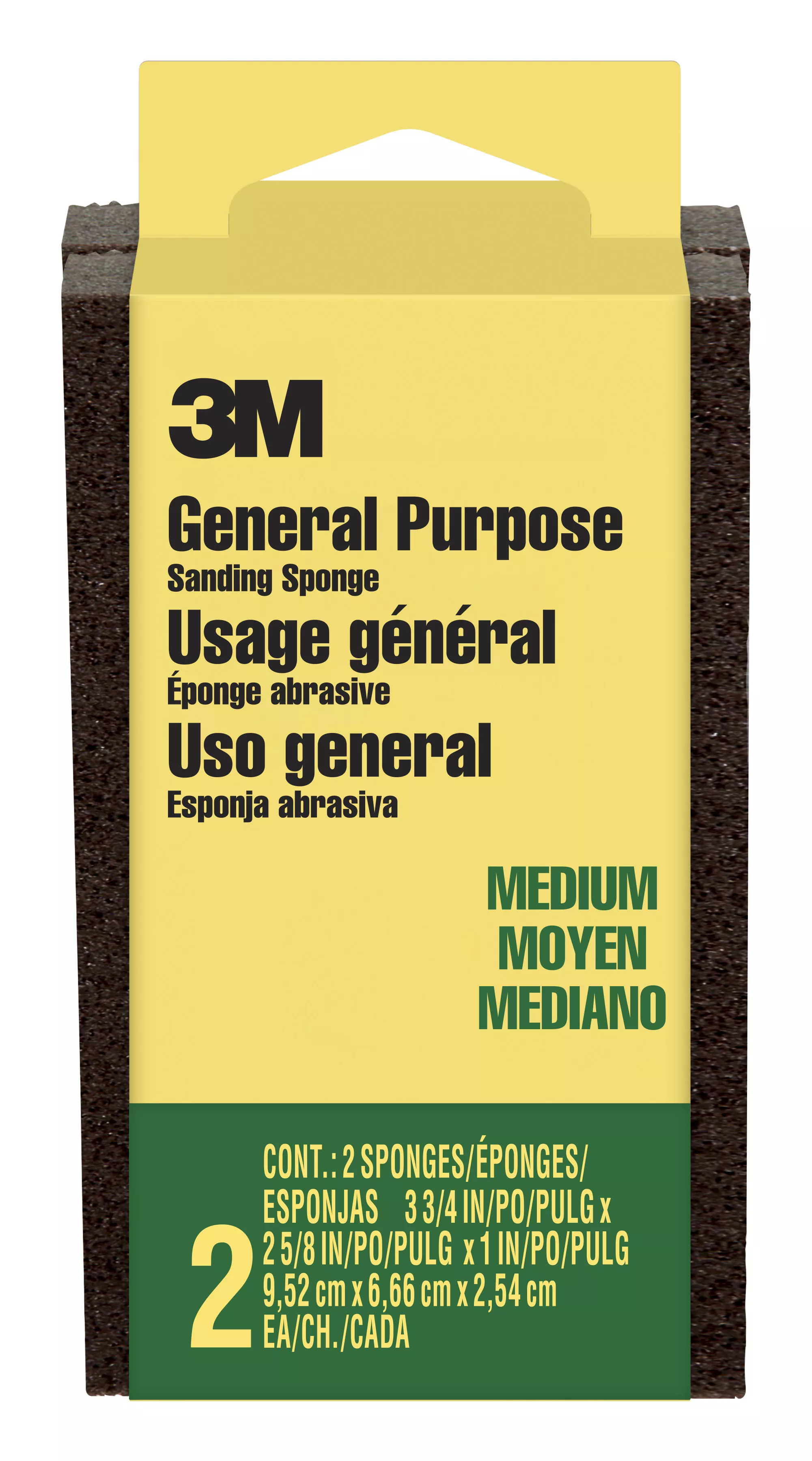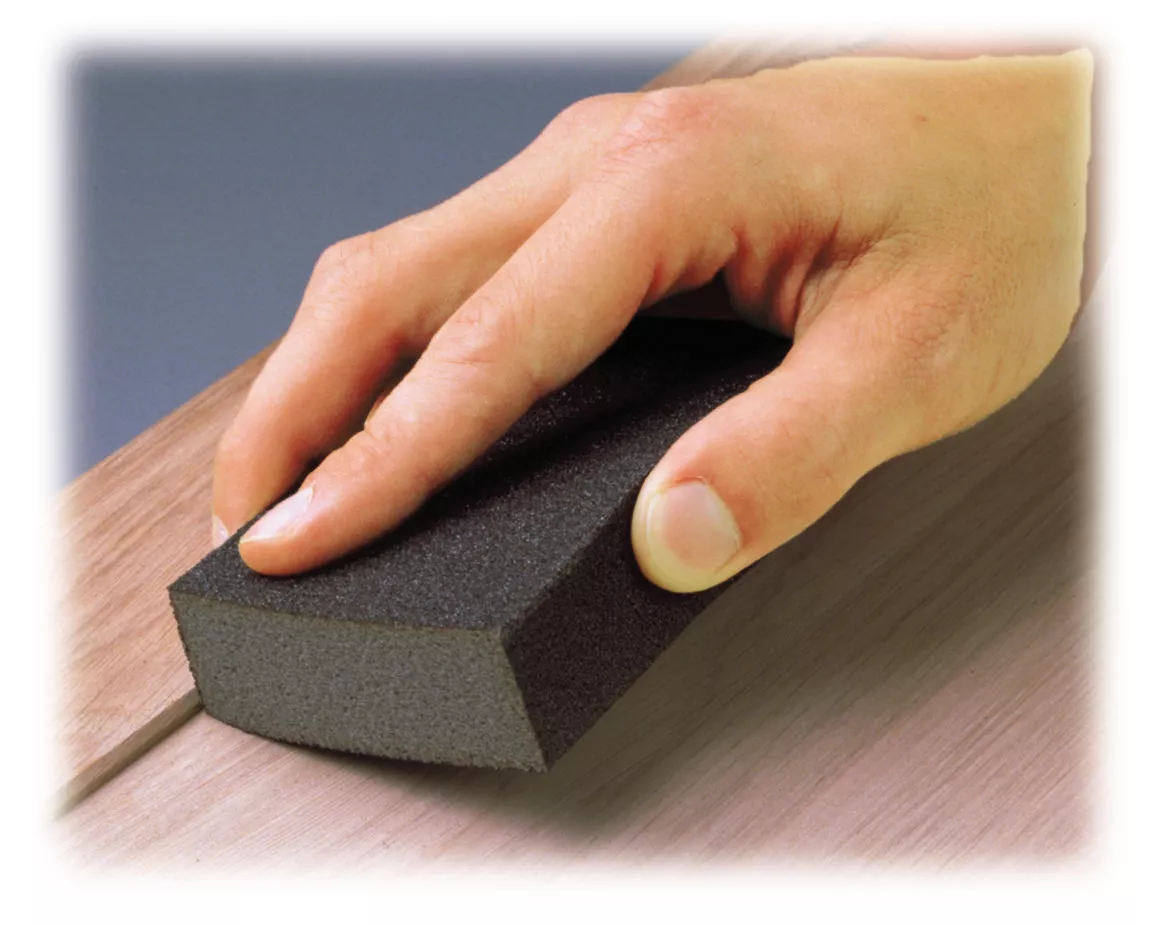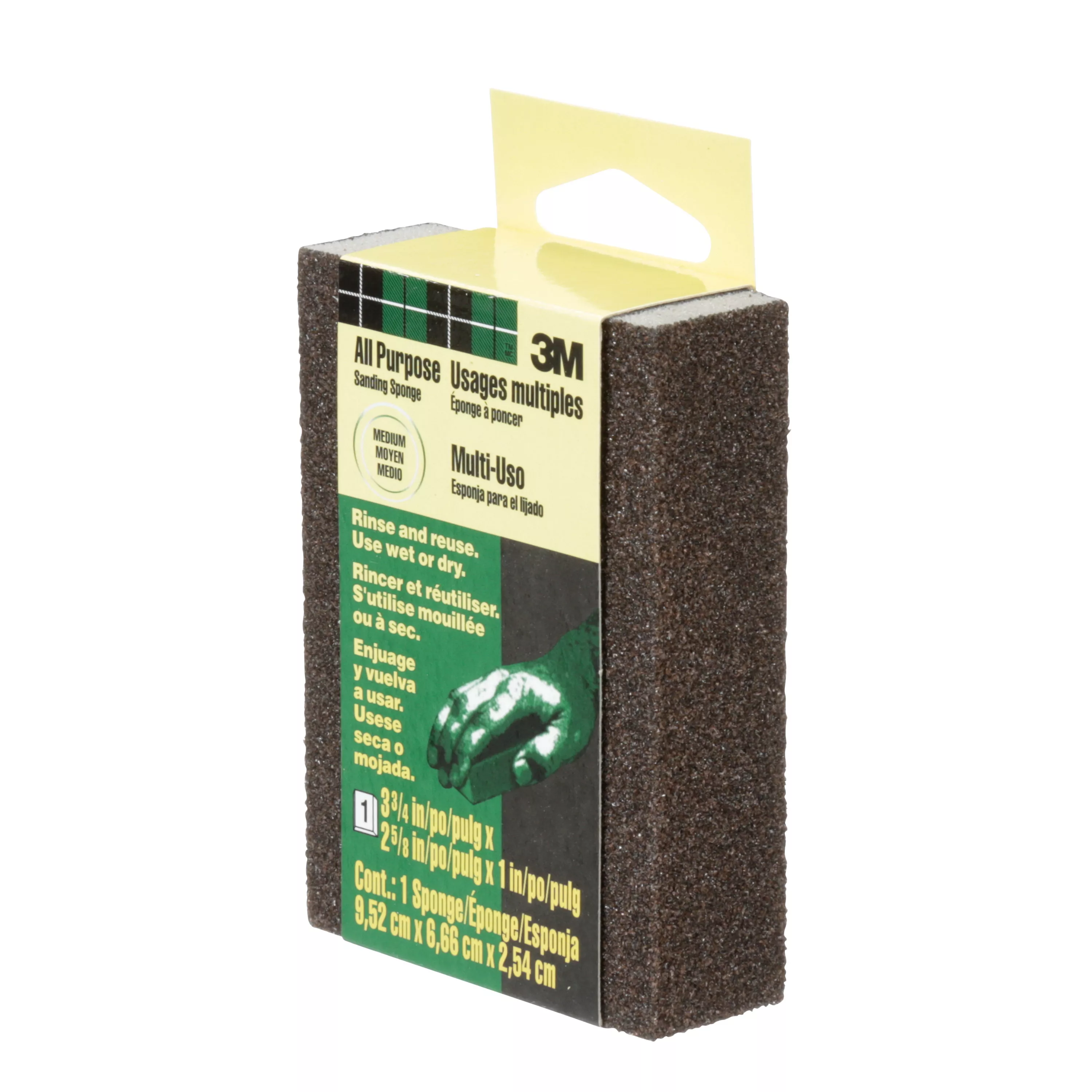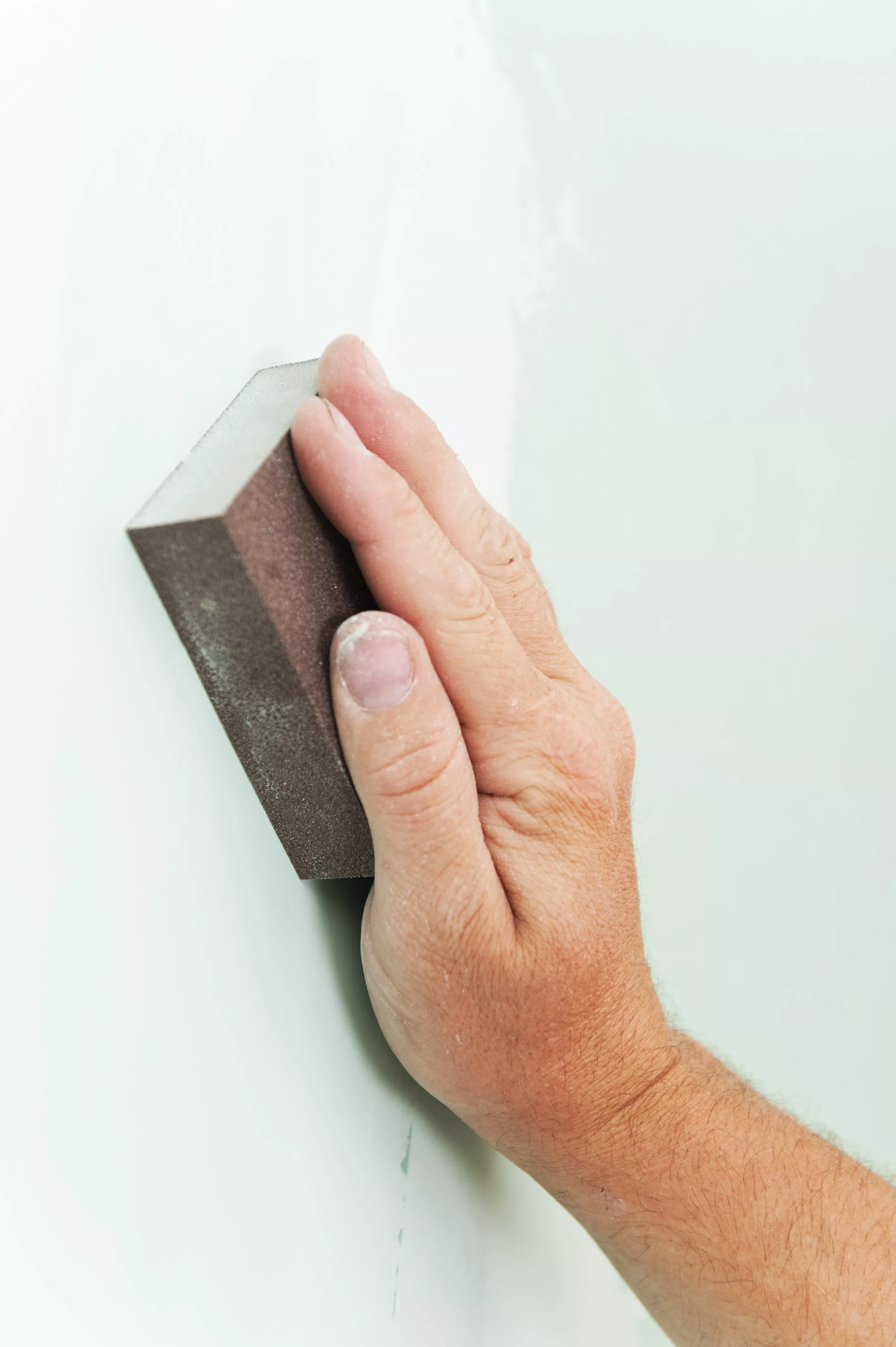| SKU | 7100256651 |
|---|---|
| Legacy SKU | 70009134001 |
| UPC | 00068060462886 |
| Catalog Number | CP-002-2P |
| Product Number | CP-002-2P |
3M Sanding Sponges are designed for sanding wood, paint, metal, plastic or drywall. This sponge features conventional 3M abrasives and is made with durable, flexible foam. Easy to hold and sands flat, contoured, or irregular surfaces.
- Use For General Purpose Sanding
- Intended For Use On Most Surfaces
- Conforms To Your Surface For Easy Sanding
- Resists Clogging
- Use Wet Or Dry
- Rinse And Reuse
Product Dimensions |
Imperial | Metric |
| Weight | 0.08975 lbs | |
|---|---|---|
| Width | 2-3/4 | |
| Length | 2-1/4 | |
| Height | 4.6248 |
Shipping Dimensions |
|
| Weight | 1.077 lb |
|---|---|
| Length | 14.25 in |
| Width | 6.3748 in |
| Height | 4.25 in |
PRODUCT FAQ
-
What is the size of the 3M™ Sanding Sponge CP-002-2P, Block?
The dimensions of the sanding sponge block are 3 3/4 inches x 2 5/8 inches x 1 inch.
-
How many sanding sponges come in a pack for this product?
The pack contains a total of 12 sanding sponges.
-
What grit level is considered medium for this sanding sponge?
The medium-grit level on this sanding sponge provides effective abrasion without being too coarse.
3M Sanding Sponges are specially designed to provide efficient sanding for various surfaces such as wood, paint, metal, plastic, and drywall. These sponges are equipped with high-quality 3M abrasives and are crafted using durable and flexible foam material. The unique block shape of the sponge ensures a comfortable grip and allows for sanding on flat, contoured, or irregular surfaces with ease.
Sanding plays a crucial role in the surface preparation process before applying a coating. To achieve the best sanding results, it is recommended to sand along the grain of the surface and follow a sequence of grits, starting from coarse and gradually progressing to very fine. It is important to ensure that no more than one grit is skipped between each sanding step.






